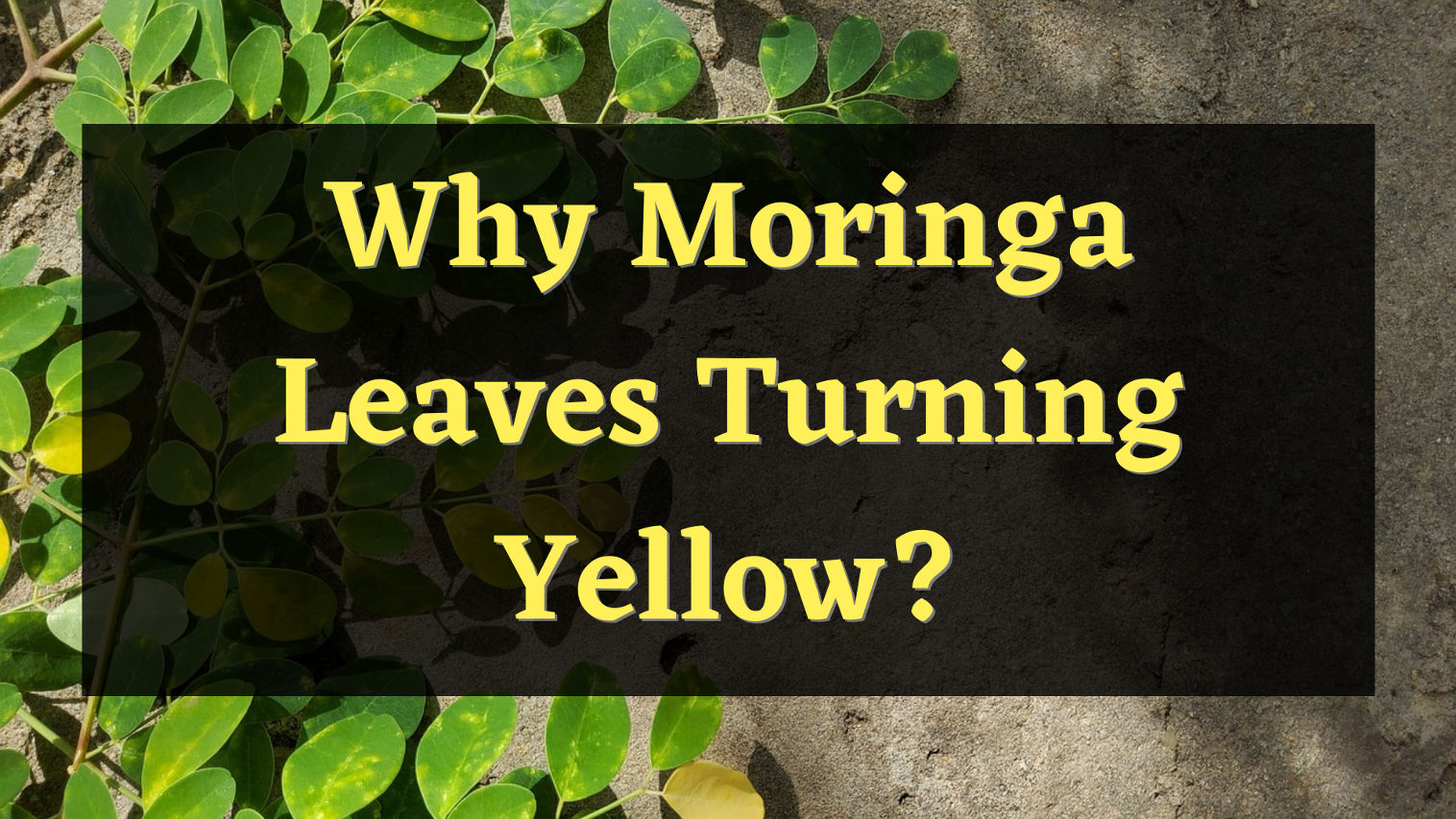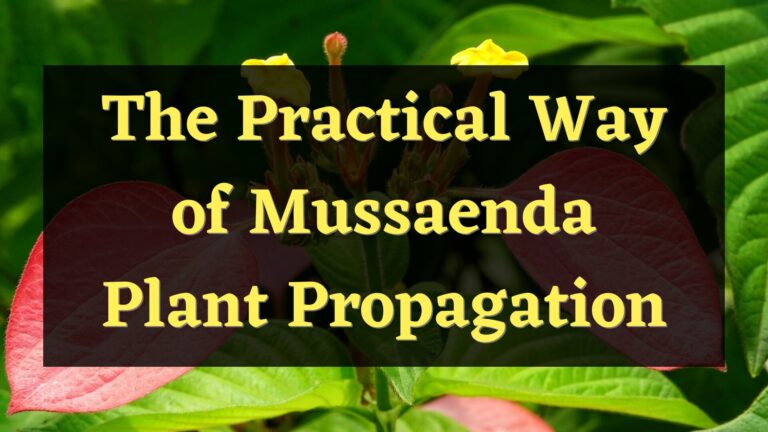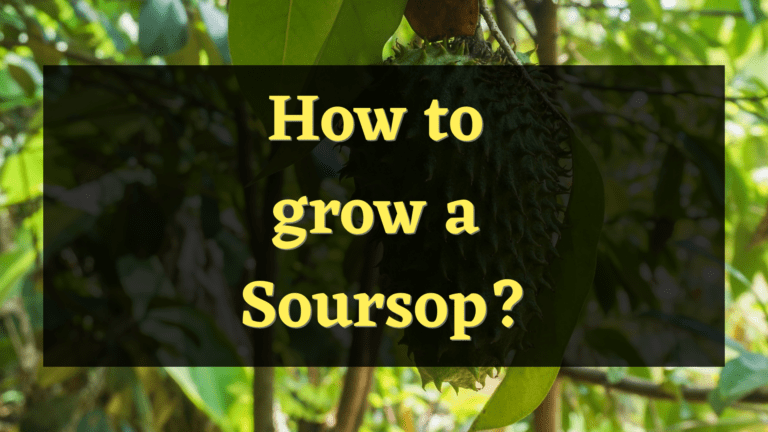There are several reasons as to why the leaves of your moringa tree are turning yellow. Some of them could be simple and can easily be fixed, but others are also very dangerous for your moringa tree. However, if you start noticing that your moringa tree’s leaves are starting to change color, you don’t have to panic and treat your tree blindly, as this can make the problem worse. In addition to providing you with information as to why your moringa tree’s leaves change color, I will also introduce you to many treatments that you can use to improve the health of your moringa tree.
6 reasons why Moringa leaves turn yellow
Overwatering
Whenever you are watering your moringa tree, you must do it consciously, as it can harm your plants. Overwatering is the main reason why your moringa tree’s roots rot. Even a couple of days of waterlogged soil can cause the yellowing of your moringa tree’s leaves. These yellow leaves naturally fall off the plants. You should always check the soil around your moringa tree before watering it.
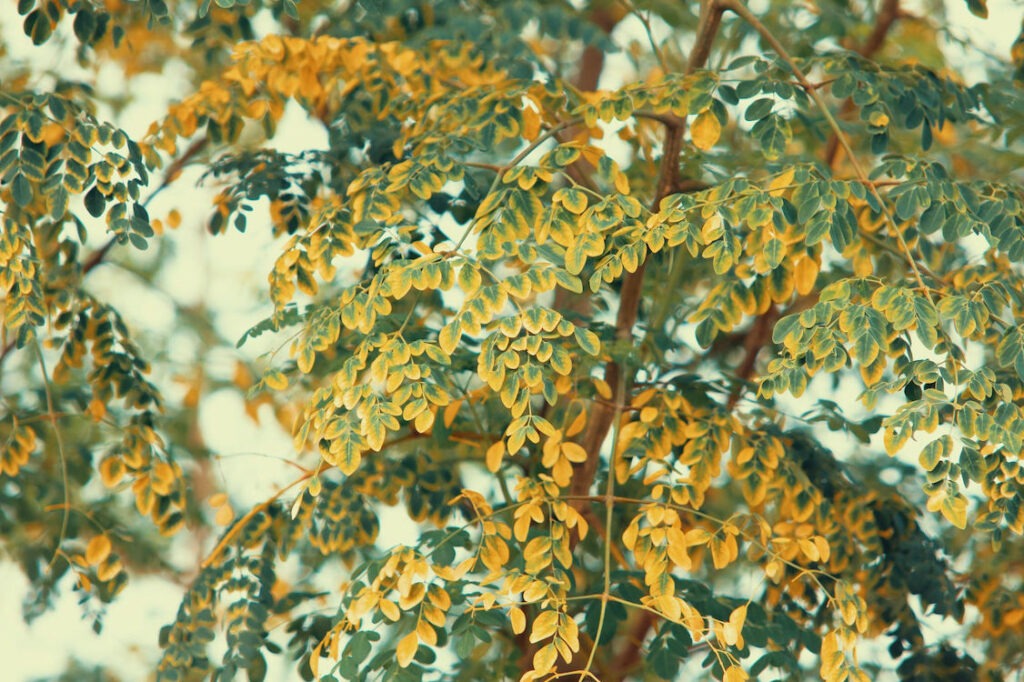
Underwatering
Although you must control the water you give to your moringa tree to avoid overwatering. It is also important to regularly provide them with sufficient water, as they thrive in moist soils. Yellowing leaves indicate that your moringa tree has been submerged.
You can also check the soil around it to confirm your suspicions. Underwatered moringa tree’s roots become dry thus making it hard for them to absorb the nutrients in the soil efficiently. So they are not able to set up the chlorophyll that the leaves need which results in them yellowing.
Rootbound
The yellowing of the leaves can occur when your moringa plant is grown in a pot. This is because moringa plants like to grow vigorously and spread their roots around. They would need a lot of breathing room to be able to thrive, and if this is not met, they will become rootbound.
A rootbound moringa tree shows the exact signs of an underwater moringa tree. The leaves turn yellow and become wilted.
Not enough sunlight
Sunlight also plays a big factor in the health of your moringa tree. Moringa trees like direct exposure to sunlight and the yellowing of their leaves is a clear sign that they are not getting enough sunlight.
Insects
The spider mites are one of the most common causes why your moringa plant’s leaves are dying. This oftentimes occurs when there are other trees that are planted in the surrounding area where you planted your moringa tree.
These will devour your moringa tree’s leaves and cause them to turn yellow, or in more severe cases, your moringa tree dies. To confirm that spider mites are the ones causing your tree’s leaves to change color, you can hang sticky cards around your moringa tree.
Nutrient Imbalance
There are also cases where there is a nutrient imbalance when you observe that your moringa tree’s leaves are starting to turn yellow. This happens when the soil around your moringa tree is lacking the necessary nutrients that your moringa tree needs in order to grow. A moringa tree that lacks the nutrients nitrogen, phosphorus, and potassium manifests yellow leaves.
Ways to prevent Moringa leaves to turn yellow
- After you have determined that overwatering is the cause of why your moringa tree’s leaves have turned yellow, you can do the following to prevent the problem from getting worse. First, you have to make sure the soil where you have planted your moringa tree has a good drainage system. Then, after securing well-draining soil, you can also create air spaces around the moringa tree’s roots by removing the tree’s dead roots. And stop giving the plant food, as it will just result in a much worse problem for your overwatered plant.
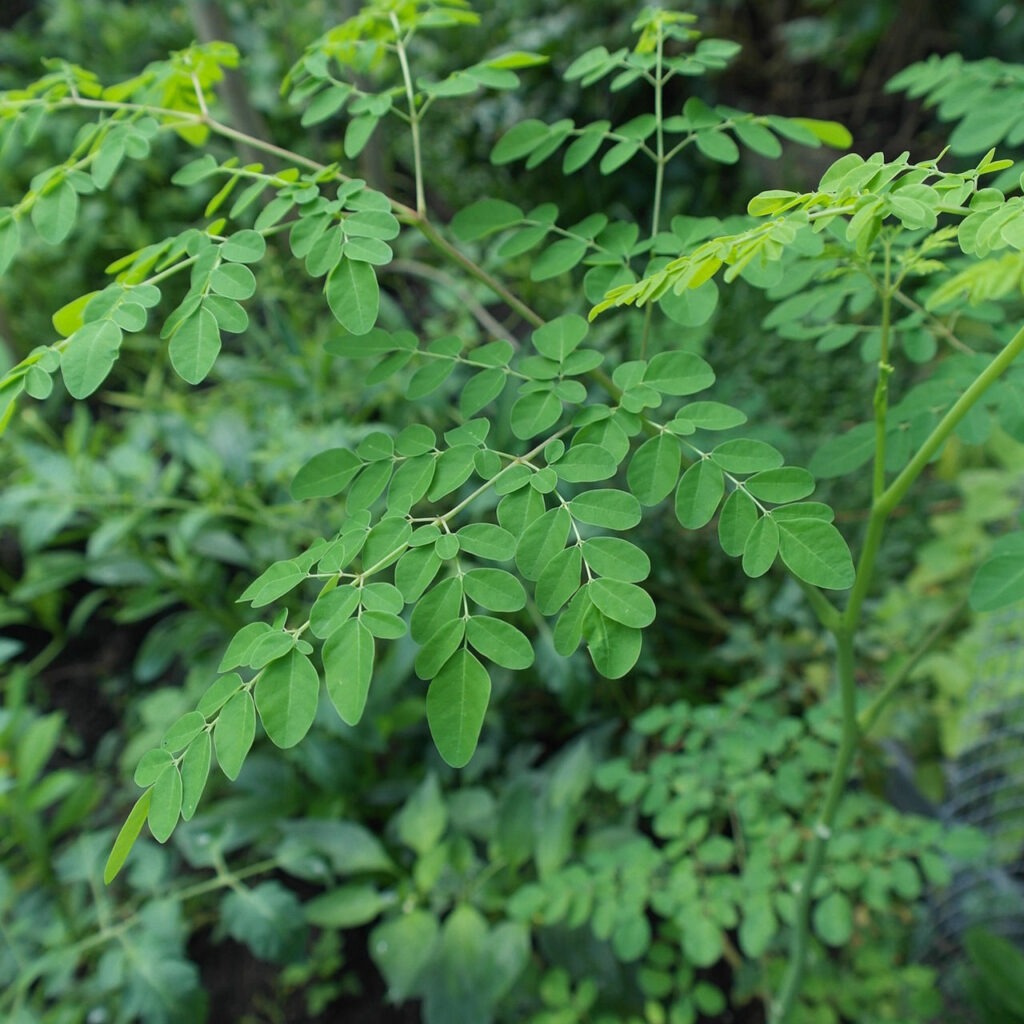
- You must water your moringa tree abundantly after you have determined that the main cause is underwatering. However, if the leaves become crunchy, they won’t be able to recover. Prune the part that has yellow leaves instead, and expect a new set of healthy leaves in return.
- If the problem is that your tree has become rootbound, there is a very simple solution. The only thing that you need to do is transfer your moringa plant into a much bigger pot or container, or you can opt to divide your moringa tree into two sections and plant them separately.
- If you have determined that the cause of your moringa tree’s leaves turning yellow is the plant itself not being able to get the necessary sunlight that it needs, the solution to this problem is really simple. You can just transplant your moringa trees into a location that ensures they will get the necessary amount of sunlight that they need.
- If the infection of your moringa is still in its early stages, you can take care of the insects that are pestering it by simply showering your moringa tree with a garden hose. If there is a considerable threat of infestation, you can treat your moringa plant with neem oil. And if you determine that it is too severe, you can use insecticidal soap to completely get rid of the spider mites that are pestering your moringa tree.
- To treat your moringa tree that is lacking in nutrients, you can add Epsom salt, banana peels, or even coffee grounds to the soil around your moringa tree. These products will readily supply the necessary nutrients your moringa tree needs.
Conclusion
The cause of your moringa tree’s leaves turning yellow ranges from treatable to not treatable. There are causes that can be easily treated, and there are also those that are untreatable if enough time passes by. The most important aspect of treating your moringa tree is determining the root cause in order to determine the appropriate treatment for your tree. Blindly treating your plant without knowing why the problem persists will just worsen the current problem that your moringa tree has.

Elizabeth Mcmillan is a passionate gardener with a strong interest in plants. She used to be a teacher, but Elizabeth has spent the last few years immersing herself in the world of plants, learning about their biology and cultural value and trying out different ways of growing them in her own garden. Elizabeth Mcmillan loves indoor plants, succulents, and cacti, and her friends and family know her as a plant care expert.

